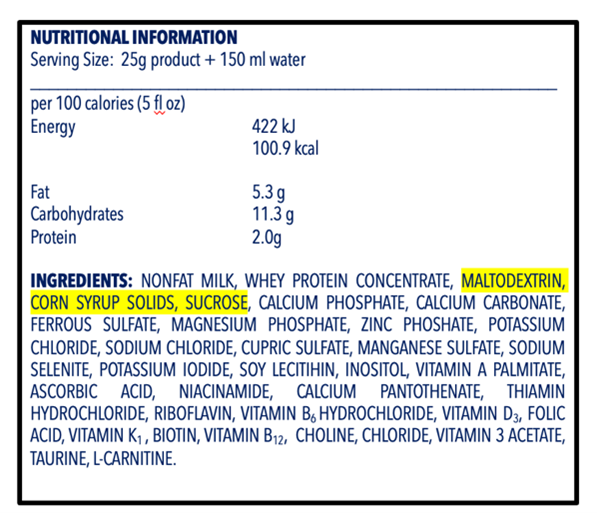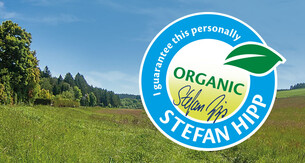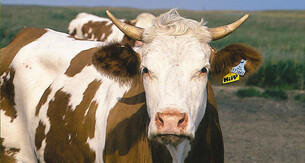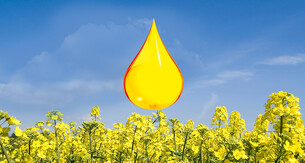“For children, often the biggest source of added sugars is not what they eat. It’s what they drink.”1
Added sugars are those that are added to foods and beverages during processing or before consumption. Added sugars have many different names. In milk supplements, added sugars can include maltodextrin, corn syrup solids, hydrolysed cornstarch, glucose, fructose and sucrose.2 The natural sugar of cow’s milk is lactose.
In children, overconsumption of added sugars contributes to the high prevalence of obesity and being overweight3-4 and may lead to an increased risk of developing type 2 diabetes.5 It is also associated with dental diseases such as tooth decay that can lower a child’s self-confidence or self-esteem and are also expensive to treat.6
Here is how you will know whether the milk formula you are buying for your child contains added sugars.1
Milk formulae also contain lactose, which is the only type of sugar that naturally occurs in milk. This means that all other sugars found in milk formulae are added sugars.





